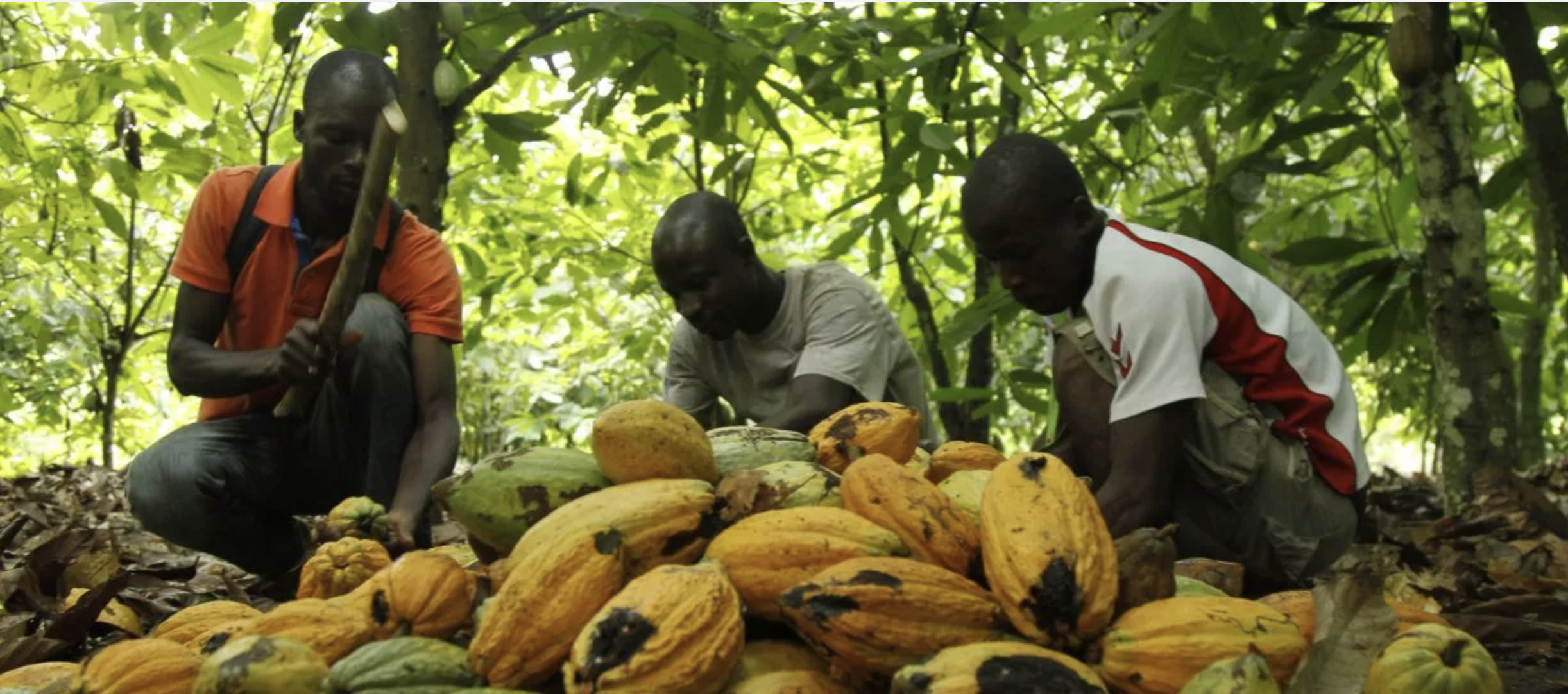
Policies vs Real Progres
Child labour in the chocolate industry remains a persistent issue despite increased awareness and efforts to combat it. All major chocolate companies have established policies aimed at preventing, monitoring, and remediating child labour within their supply chains. But how much of this is translating into real change? Today we’ll explore the gap between corporate promises and actual progress on the ground, and how consumers can help push for more meaningful action.
All Major Chocolate Companies Have Child Labour Policies in Place
Over the years, the chocolate industry has faced mounting pressure to address the rampant child labour within its supply chains, particularly in West Africa, where the majority of the world’s cocoa is produced. In response, every major chocolate company has now developed policies designed to prevent and address child labour. These policies represent a significant step forward in recognising the problem and setting out guidelines for ethical behaviour across supply chains.
Policies like these are crucial because they set standards for accountability and transparency. By committing to prevent, monitor, and remediate child labour, companies are signalling to their suppliers that the exploitation of children will not be tolerated. This, in theory, should help reduce the prevalence of child labour by establishing clearer expectations for how workers, including children, should be treated. It also provides companies with frameworks to take corrective action when child labour is detected.
However, while these policies are a necessary foundation, they are only the first step. The real challenge lies in translating policy into practice.
Policies Aren’t Enough—Only 18% of Companies Have
Taken Effective Action
The reality is that having a policy in place doesn’t automatically lead to meaningful change. Despite the existence of child labour policies across the industry, too few companies are actually following through with effective actions to back up their commitments. According to recent data, only 18% of chocolate companies found and successfully remediated cases of forced labour and human trafficking in the past 12 months.
This gap between policy and action is concerning. It suggests that while companies may be publicly committed to tackling child labour, their efforts on the ground are falling short. There are several reasons for this discrepancy. One key issue is that the mechanisms for monitoring child labour are often inadequate. Companies frequently rely on self-reporting from their suppliers, which can be unreliable or incomplete. Additionally, cocoa supply chains are incredibly complex, involving numerous intermediaries, which makes it difficult to trace the origin of the cocoa and assess the working conditions at every level.
Another challenge is that many companies are still prioritising cost-cutting and profits over improving conditions on the ground. The demand for cheap cocoa creates pressure on farmers, who often resort to using child labour to meet their quotas. Without stronger enforcement, better oversight, and a genuine commitment to paying decent prices for cocoa, child labour will continue to persist in the industry.
While the 18% figure represents some progress, it is far from sufficient given the scale of the problem. More needs to be done to ensure that policies are not just words on paper but are backed by real, impactful actions.
How You Can Help: Use the Chocolate Scorecard This Halloween
This Halloween, as you pick up your favourite chocolate treats, you have an opportunity to help push the industry toward more meaningful action. By using the Chocolate Scorecard, you can make informed choices about the brands you support and ensure that your purchases align with your values.
The Chocolate Scorecard ranks chocolate companies based on their efforts to address child labour, forced labour, and human trafficking. It offers a clear overview of which companies are taking meaningful steps to improve conditions across their supply chains and which are falling behind. Supporting the brands that prioritise these issues is one of the most powerful ways consumers can drive change.
This Halloween, make a conscious decision to support the companies that are not only talking about tackling child labour but are actually doing something about it. And don’t keep this information to yourself—share the Chocolate Scorecard with your friends and family. The more people who demand real change, the more pressure there will be on companies to step up and turn their policies into real progress.